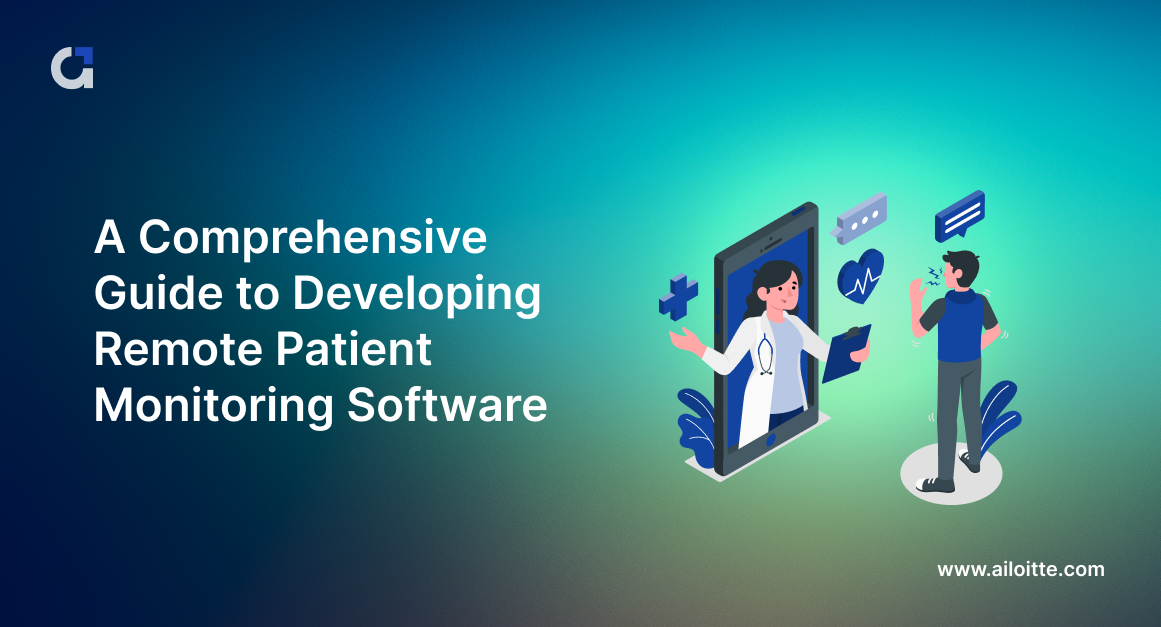The Future of Health Care: Remote Person Keeping Track Of Simplified
As healthcare continues to progress, one location that holds enormous promise is remote client monitoring. With an emphasis on enhancing patient outcomes and streamlining health care delivery, remote surveillance is poised to revolutionize the sector.
Benefits of Remote Patient Monitoring
Remote client monitoring provides a wide range of benefits for both healthcare service providers and individuals alike. One significant advantage is the ability to continuously monitor individuals' vital indicators and health information remotely. This real-time tracking allows doctor to detect any concerning patterns or modifications without delay, leading to early treatments and possibly stopping clinical emergencies. In addition, remote patient surveillance enhances the overall high quality of treatment by offering a more all natural and extensive sight of people' health condition beyond typical in-person brows through.
Moreover, remote person surveillance can lead to better patient end results and contentment. Remote monitoring can reduce the requirement for constant medical facility visits, reducing medical care costs for both people and companies.
Modern Technology Driving Remote Monitoring
In the realm of contemporary health care, technical advancements play an essential function in driving the development and performance of remote person monitoring. The assimilation of innovative technologies such as wearable devices, mobile applications, and cloud-based platforms has revolutionized the way health care carriers remotely manage and keep an eye on client wellness - software for remote patient monitoring. These technologies make it possible for continual real-time tracking of important indicators, medication adherence, and various other vital wellness information, permitting prompt treatments and individualized care strategies
One secret technology driving remote surveillance is the Internet of Things (IoT), which makes it possible for smooth connection in between medical gadgets and health care systems. IoT devices such as smartwatches and cordless sensors transfer and accumulate patient data to centralized systems, promoting remote surveillance from throughout the world. Synthetic knowledge (AI) and artificial intelligence algorithms further improve remote monitoring by analyzing substantial quantities of client data to discover patterns, anticipate wellness patterns, and alert doctor to prospective problems.
Influence on Health Care Shipment
With the integration of innovative modern technologies driving remote person tracking, the effect on health care delivery is becoming significantly extensive and transformative. Remote client tracking enables health care service providers to supply even more tailored and positive treatment to people, causing boosted health end results and minimized hospital admissions. By remotely tracking crucial signs, signs, and medication adherence, medical care professionals can step in early, protecting against problems and enhancing the general quality of treatment.
In addition, remote tracking boosts access to medical care services, particularly for people in underserved or rural locations. Patients can obtain continuous monitoring and support from their homes, eliminating the need for regular in-person gos to. This not only saves time and lowers costs for both clients and health care facilities yet also minimizes the danger of exposure to transmittable conditions, a crucial factor to consider in the current medical care landscape.
Additionally, remote person monitoring makes it possible for medical care service providers to better allocate resources and prioritize treatment based upon real-time data. By identifying risky individuals and intervening without delay, healthcare delivery ends up being a lot more reliable and reliable, inevitably bring about a much more sustainable and patient-centered healthcare system.
Improving Client Outcomes

Moreover, RPM allows for proactive management of persistent conditions, lowering the likelihood of intense worsenings and medical facility readmissions. People gain from enhanced convenience and convenience, as they can get care in their own homes while staying connected to their doctor. This constant monitoring not just boosts client satisfaction yet likewise promotes a sense of empowerment and engagement in their very own health and wellness monitoring.
Future Trends in Remote Monitoring
Welcoming sophisticated modern technologies in remote patient surveillance is shaping the future landscape of healthcare distribution. The future trends in remote tracking are anticipated to revolutionize the way health care is given, making it more patient-centric and effective. One significant fad is the increased use wearable devices and sensors to accumulate real-time information, allowing doctor to check patients constantly without the need for regular in-person visits. These devices can track important signs, drug adherence, and activity levels, providing an extensive sight of the person's wellness standing.

Furthermore, telehealth platforms are ending up being more innovative, permitting virtual consultations, remote diagnosis, and remote individual keeping an eye on done in one incorporated system (remote patient monitoring platform). This all natural technique to remote tracking is improving health care distribution, boosting person fulfillment, and eventually, enhancing overall quality of care
Final Thought
Finally, remote client surveillance provides numerous benefits in health care distribution, driven by developments in modern technology. It has the possible to improve person end results and change the means health care is provided. Future patterns in remote surveillance will certainly continue to form the landscape of medical care, providing opportunities for more reliable and personalized patient treatment.
Remote client tracking presents a wide range of benefits for both health care providers and clients alike. In addition, remote client tracking improves the general high quality of treatment by supplying an extra holistic and extensive view of individuals' wellness status past traditional in-person check outs.
Furthermore, remote patient monitoring can lead to better individual end results and contentment. Remote person tracking permits check this site out health care suppliers to provide even more aggressive and customized treatment to patients, leading to improved health results and decreased hospital admissions. Remote client tracking (RPM) plays a significant function in boosting individual results by giving continual, real-time data that allows healthcare carriers to step in quickly and readjust treatment strategies as required.